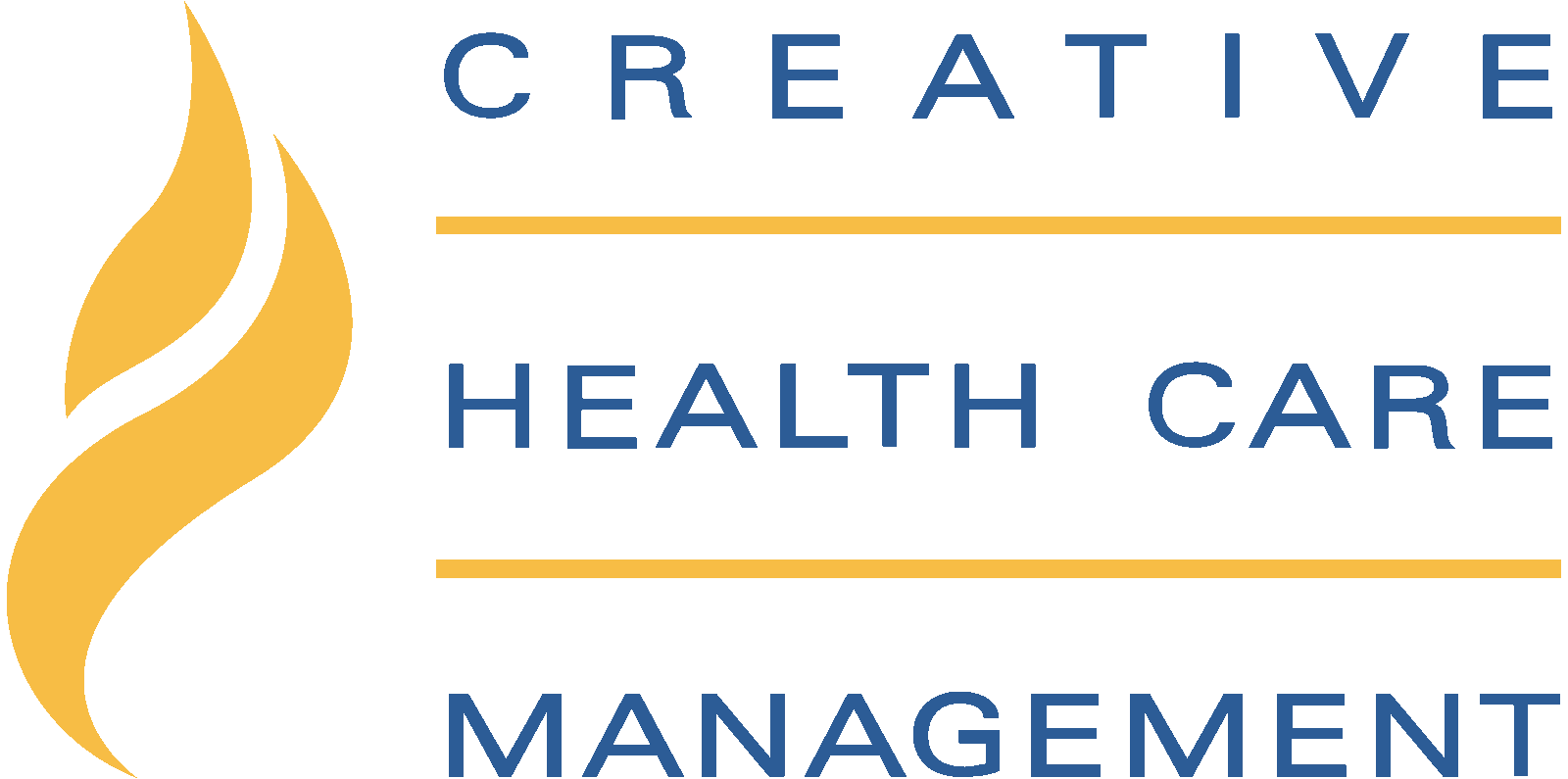At Creative Health Care Management, we believe in a future of health care that sees the whole person, not just the diagnosis. We know that well-being is not a luxury or an add-on. It is the essential foundation of sustainable health outcomes, workforce resilience, and community vitality.
Health systems across the country are feeling the strain of clinician burnout, fragmented care, rising costs, and patients who feel unseen. What if the answer isn’t more efficiency, but more humanity?
It’s time to reclaim health care as a healing profession. That means acknowledging the full picture of what keeps people well…physical vitality, emotional resilience, spiritual grounding, social connection, and a sense of purpose. These dimensions are not secondary to care…they are care!

Redefining What It Means to Be Healthy
For too long, health care has focused on fixing problems rather than promoting well-being. We’ve measured success by what we eliminate; disease, symptoms, and risks, rather than what we grow; hope, capacity, meaning, and community. Holistic care flips that script. It asks not just “What’s the matter with you?” but also “What matters to you?”
True well-being is about more than blood pressure and lab results. It’s about the ability to participate fully in life, to have meaningful relationships, to recover from stress and adversity, and to live with purpose. When health care expands its lens to include these factors, outcomes improve. So does trust.

Bringing Prevention, Connection, and Support to the Forefront
When we talk about holistic approaches to health and wellness, we’re not talking about vague or feel-good ideas. We’re talking about integrating social determinants of health, trauma-informed care, behavioral health, spiritual care, and coaching models into the very fabric of our health systems. This is evidence-based, accountable, and outcome-oriented work.
We also know that prevention doesn’t begin with screening. It begins with connection…with listening, understanding, and co-creating paths forward with those we serve. It requires us to know the communities we serve and to partner with them, not merely treat them.
Health Doesn’t Stop at the Hospital Door
Whether it’s housing insecurity, food access, transportation, loneliness, or caregiver stress, these factors influence healing more than anything we prescribe. Holistic care bridges that gap between the clinical and the personal. It demands that we engage in the realities of people’s lives, not just their bodies.
At CHCM, we work with organizations to make this a reality—not just as a program, but as a culture. We help teams redesign systems around relationship-based care, shared leadership, and professional practice models that elevate voice, meaning, and trust.

Structure, Strategy, and Accountability Are Essential
Let’s be clear, holistic doesn’t mean unstructured. The most impactful well-being programs are built on solid frameworks, clear measures, and aligned leadership. At CHCM, we use validated tools, measurable outcomes, and evidence-informed strategies to ensure well-being efforts are more than performative—they’re transformative.
We measure not only physical health outcomes, but also staff engagement, trust in leadership, emotional exhaustion, and relational strength across the organization. Because what we measure is what we value, and we value human flourishing.
A Personal Call to Action
I believe we are standing at a turning point in health care. We can choose to double down on productivity and volume, or we can choose something bolder. We can choose to lead from our values.
Imagine a health care system that no longer separates healing from wholeness. Imagine clinical teams that feel empowered, not depleted. Imagine patients who feel known, not processed.
This is the work we’re committed to at CHCM…advancing professional practice, relational leadership, and a culture of caring that makes well-being real. It’s not easy work. But it’s the right work.
Are you ready to redefine what well-being means for your team and patients? Let’s talk about how CHCM can help transform your approach to care.
Frequently Asked Questions
What are the pillars of holistic well-being?

The pillars of holistic well-being are typically categorized to encompass the full spectrum of human experience and function, recognizing that each aspect of our lives affects the others.
Here are the generally accepted pillars:
Physical well-being, emotional well-being, mental (Cognitive) well-being, social well-being, spiritual well-being, environmental well-being, occupational well-being, intellectual well-being, and financial well-being.
What are the different types of holistic wellness?

Holistic wellness is a broad concept that encompasses various types of well-being, each focusing on different aspects of health and happiness. These types can be seen as different paths to achieving a balanced and fulfilling life. Here are several key types of holistic wellness:
Physical wellness, emotional wellness, mental wellness (cognitive function), social wellness, spiritual wellness, occupational wellness, environmental wellness, intellectual wellness, financial wellness, and cultural wellness.
Each type of wellness is interrelated with the others. The objective of holistic wellness is to consider the individual as a whole and to create a balanced healthy mind for one’s daily life. By recognizing that the different types of wellness are interconnected, holistic wellness can provide a comprehensive approach to various aspects of living such as enough quality sleep, new skills, looking at our inner selves and learn to reduce stress, improved self esteem, and a healthy and complete physical lifestyle.
Gen is driven by the desire to help clients create organizational excellence through measurable improvement. She thrives on helping others reach meaningful goals, including Magnet® designation.


